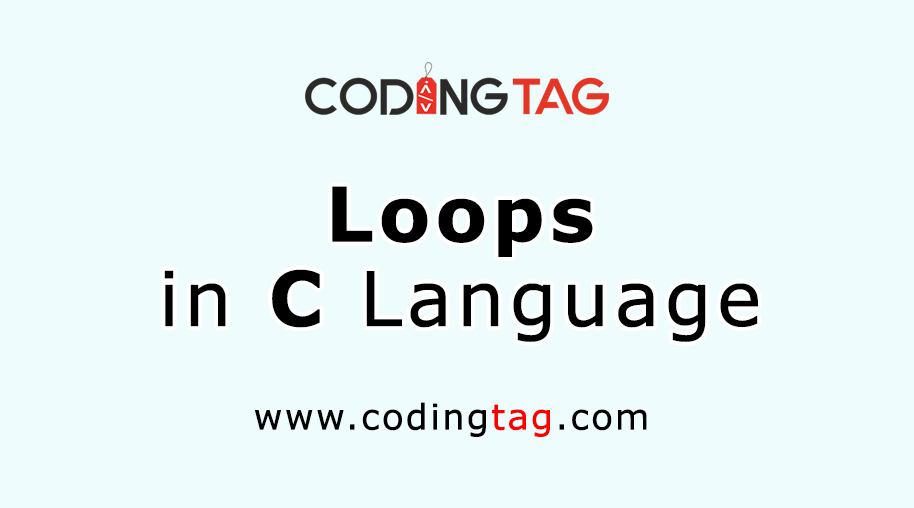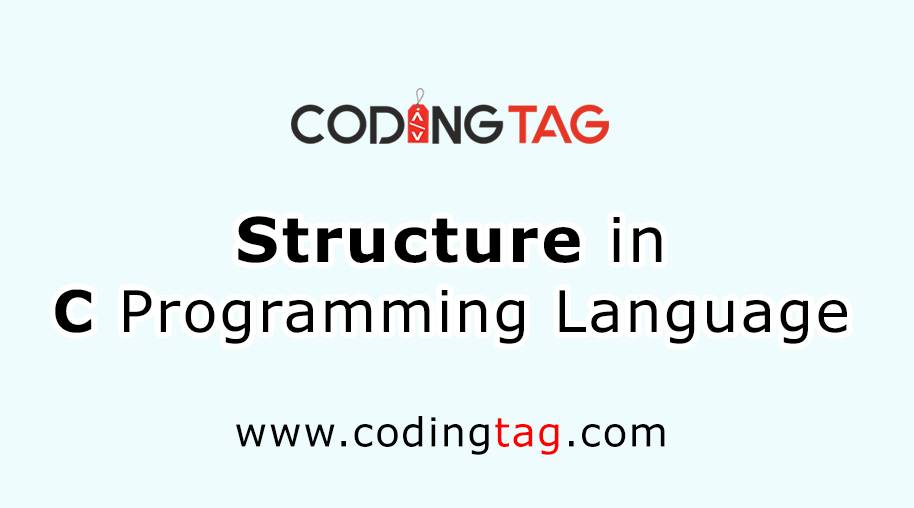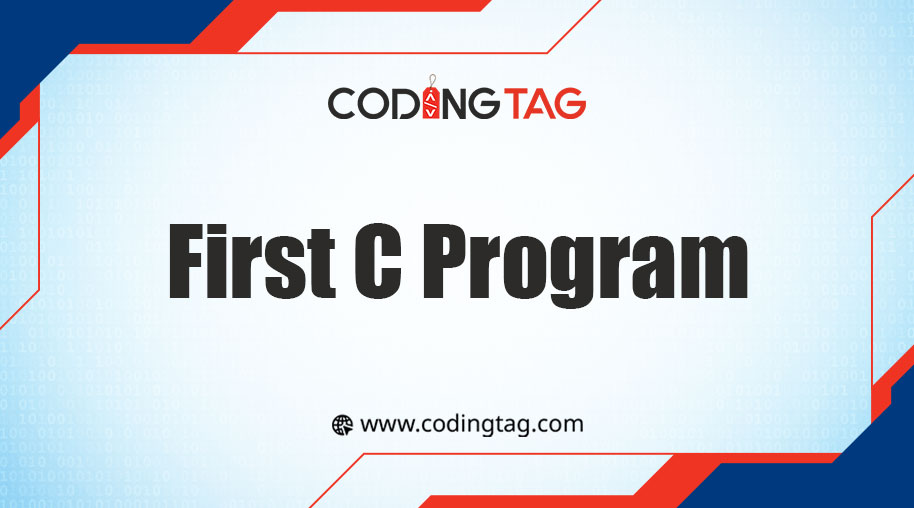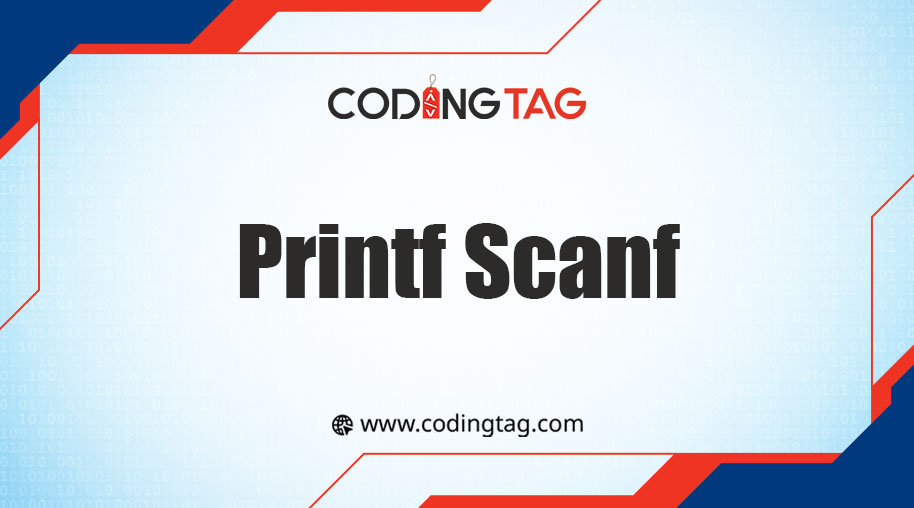how many tokens in c
0 607
Introduction of Tokens in C
Tokens are crucial in shaping how programming languages look and work, especially in C programming.
Tokens are like the building blocks of code, and understanding them is essential.
This exploration aims to make C tokens clearer with simple examples.
What are Tokens in C?
Tokens are the basic units of meaning in C.
They help us understand code and let the compiler do its job.
Each token represents something specific in code, like a keyword or a punctuation mark.
Types of Tokens in C
There are different types of tokens in C:
Keywords: These are special words in C with fixed meanings, like "if" or "int".
Identifiers: These are names we give to things like variables or functions.
Constants: These are values that stay the same while the program runs, like numbers or strings.
Operators: These do different actions on data, like adding or comparing.
Punctuation Symbols: These are special characters in code that help organize it, like commas or brackets.
Preprocessor Directives: These are instructions that come before the code runs, like including files or defining macros.
Example:
// Program for Tokens in C #include <stdio.h>int main() { int num1 = 10; int num2 = 5; int sum = num1 + num2; printf("The sum is %d\n", sum); return 0; }
Output:
The sum is 15
In this code, tokens include things like #include, int, and printf.
They're like the building blocks that make up the code.
Process of Tokenization
Tokenization happens as the compiler reads through the code.
It breaks down the characters into tokens, recognizing keywords, identifiers, and other elements.
This process helps the compiler understand what the code means.
Challenges and Their Solutions for Tokenizing:
Sometimes, tokenizing can be tricky.
Ambiguous operators or macros can confuse things.
But with advanced techniques and careful checking, we can overcome these challenges and make sure our code works correctly.
Conclusion
Tokens are the basic pieces that make up C code.
Understanding them helps us write better code and catch errors.
By being aware of potential issues and using the right techniques, we can make our code more readable and reliable.

Share:







Comments
Waiting for your comments